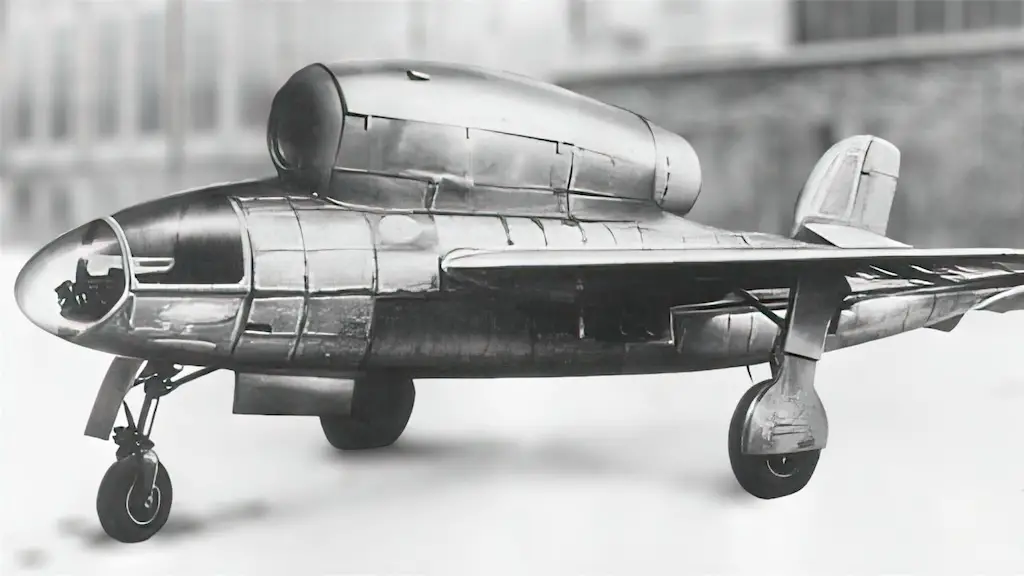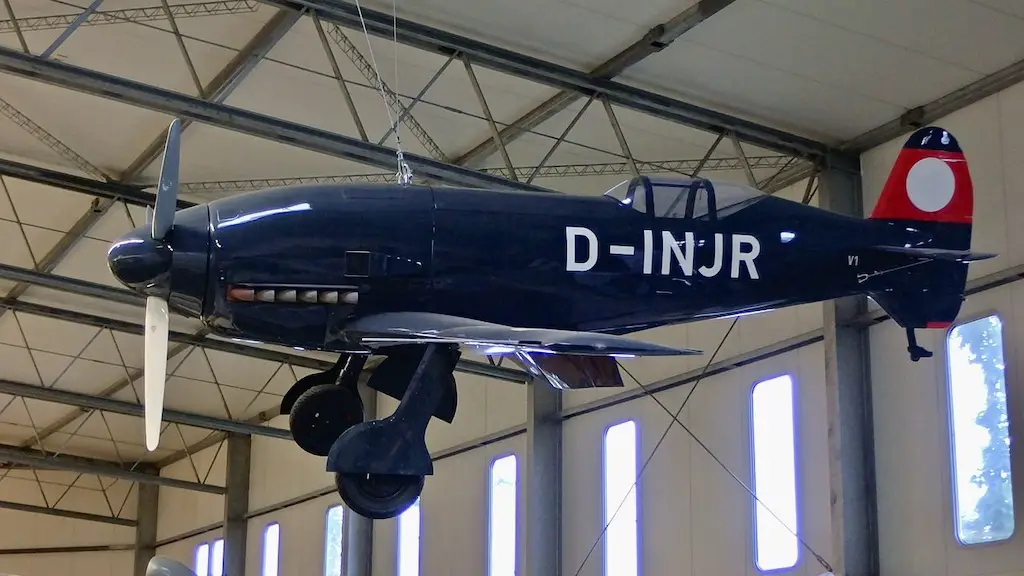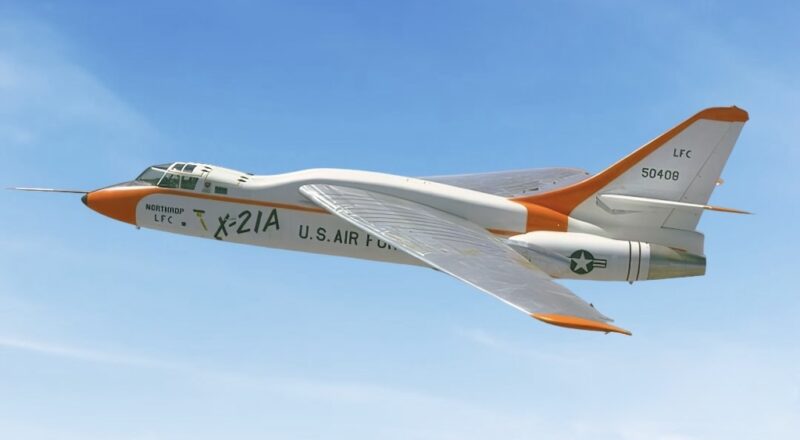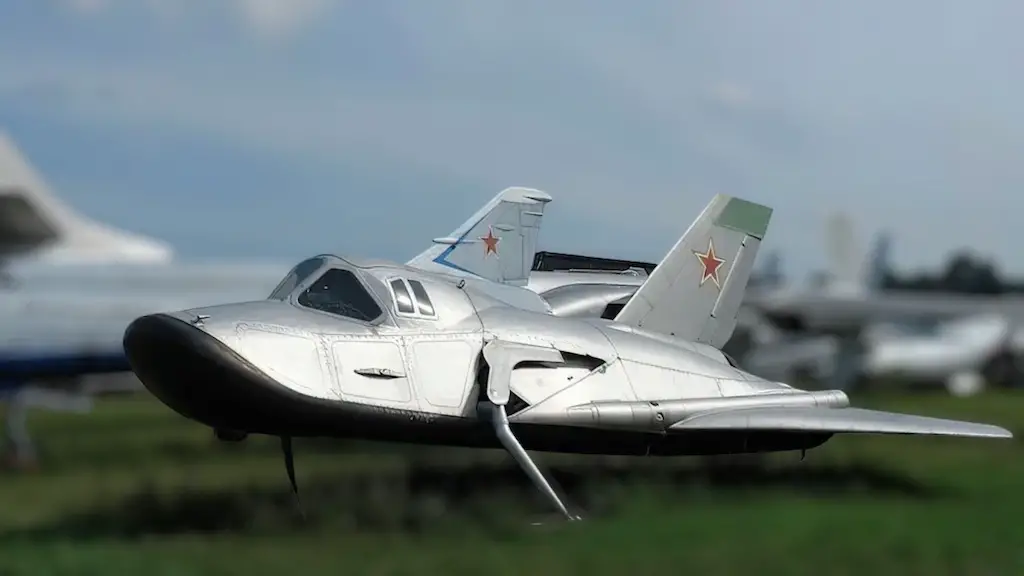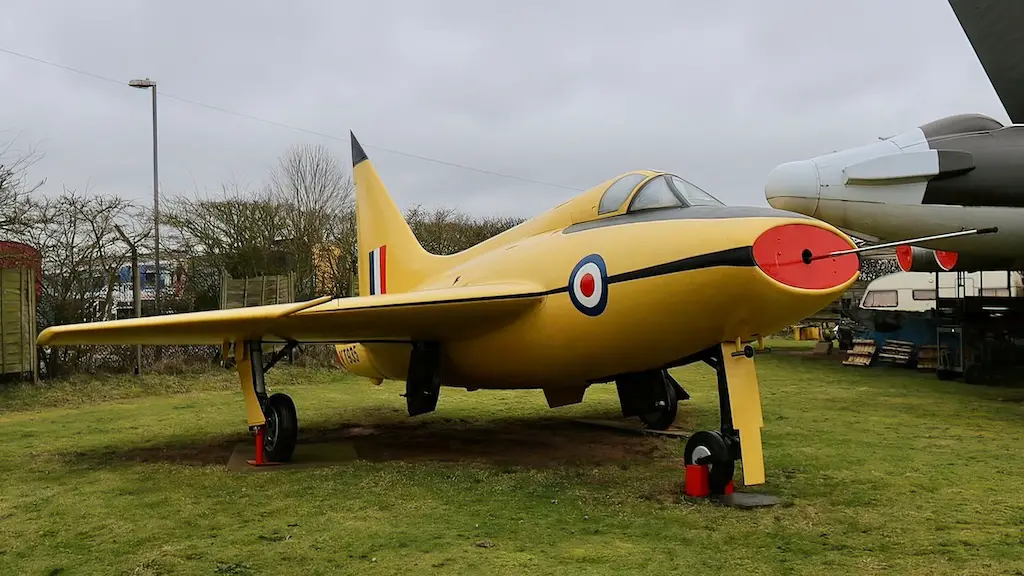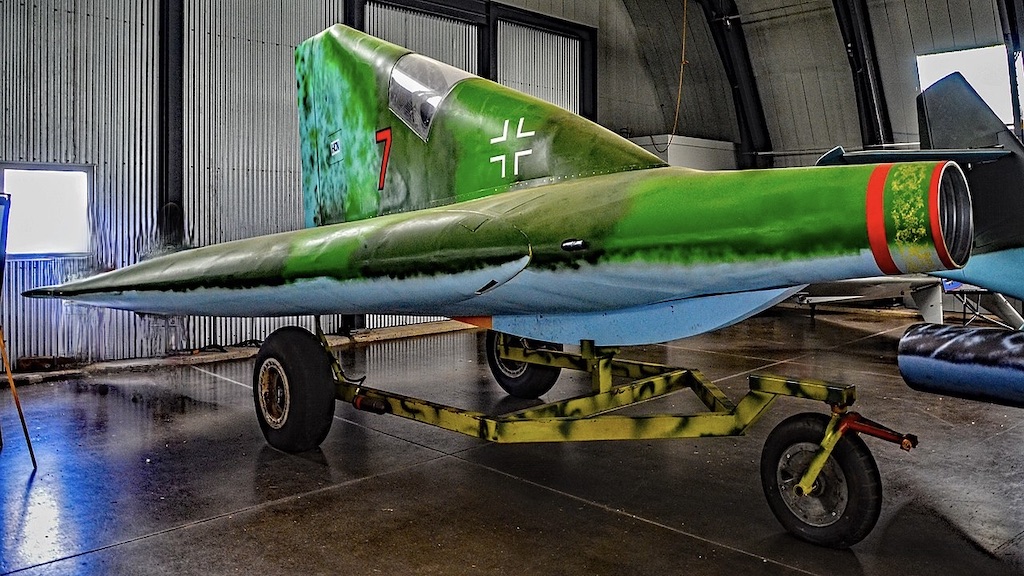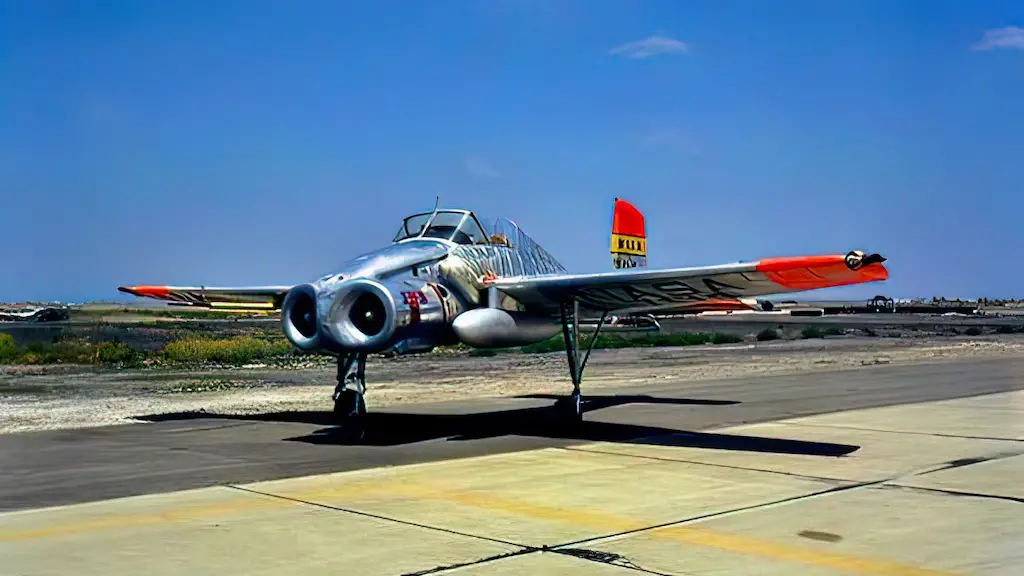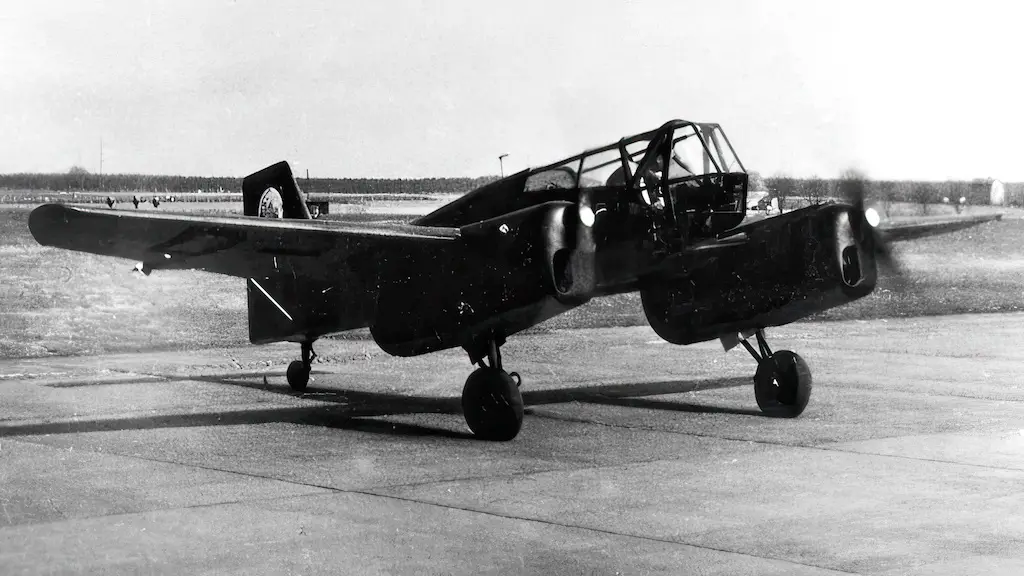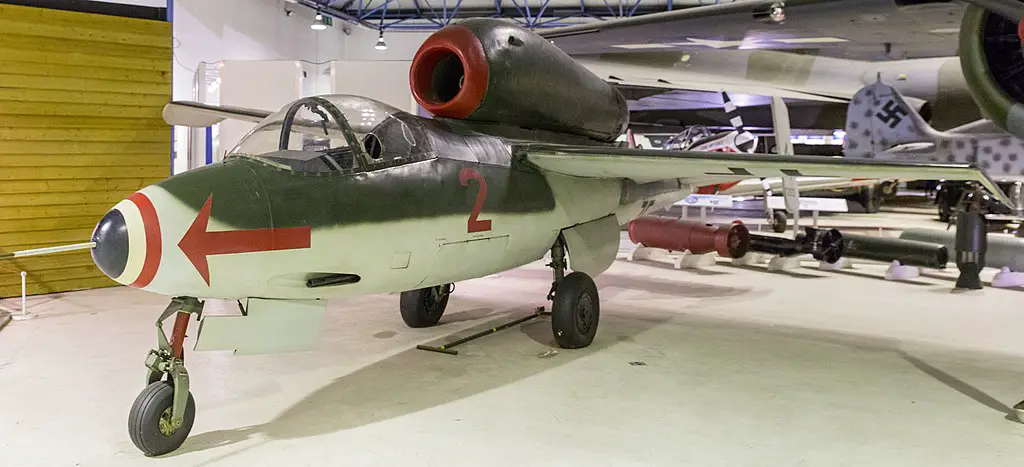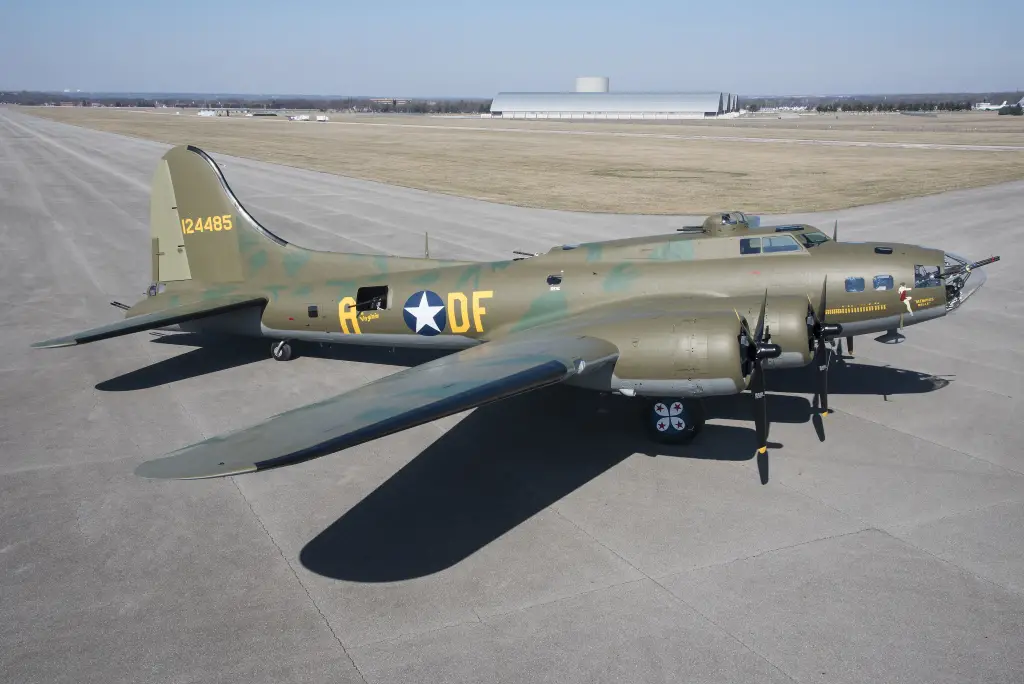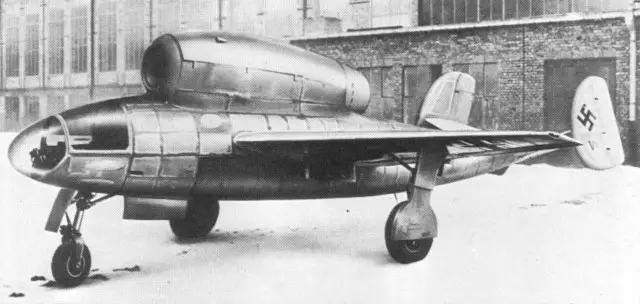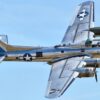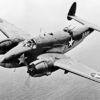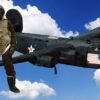The Beginning of the Hs 132
The Henschel Hs 132’s story begins in the midst of World War II. Born from a necessity for more effective dive bombers and interceptors, the Hs 132 was Germany’s answer. The aircraft’s development hinged on a novel idea: placing the pilot in a prone position. This concept, aimed at reducing the effects of g-forces during maneuvers, was not entirely new. Prior aircraft, like the Horten IIIf and DFS 228, had experimented with similar layouts for various reasons. The Hs 132’s design got a significant boost from the insights gained from the Berlin B9. This experimental aircraft, equipped with twin-piston engines, proved that flying in a prone position was feasible and beneficial in handling high g-forces.
This foundation laid the groundwork for the Hs 132. The German Air Ministry, foreseeing the need for a high-performance attack aircraft, set the specifications in 1943. Initially, a piston-engined aircraft was envisioned. However, as the demands for speed and performance grew, the decision shifted towards jet power. Henschel’s design, submitted for approval in mid-1944, underwent wind tunnel testing, shaping what would become the Hs 132. Its cigar-shaped fuselage, mid-set wings, and distinctive tail design all pointed towards a new era in aircraft design.
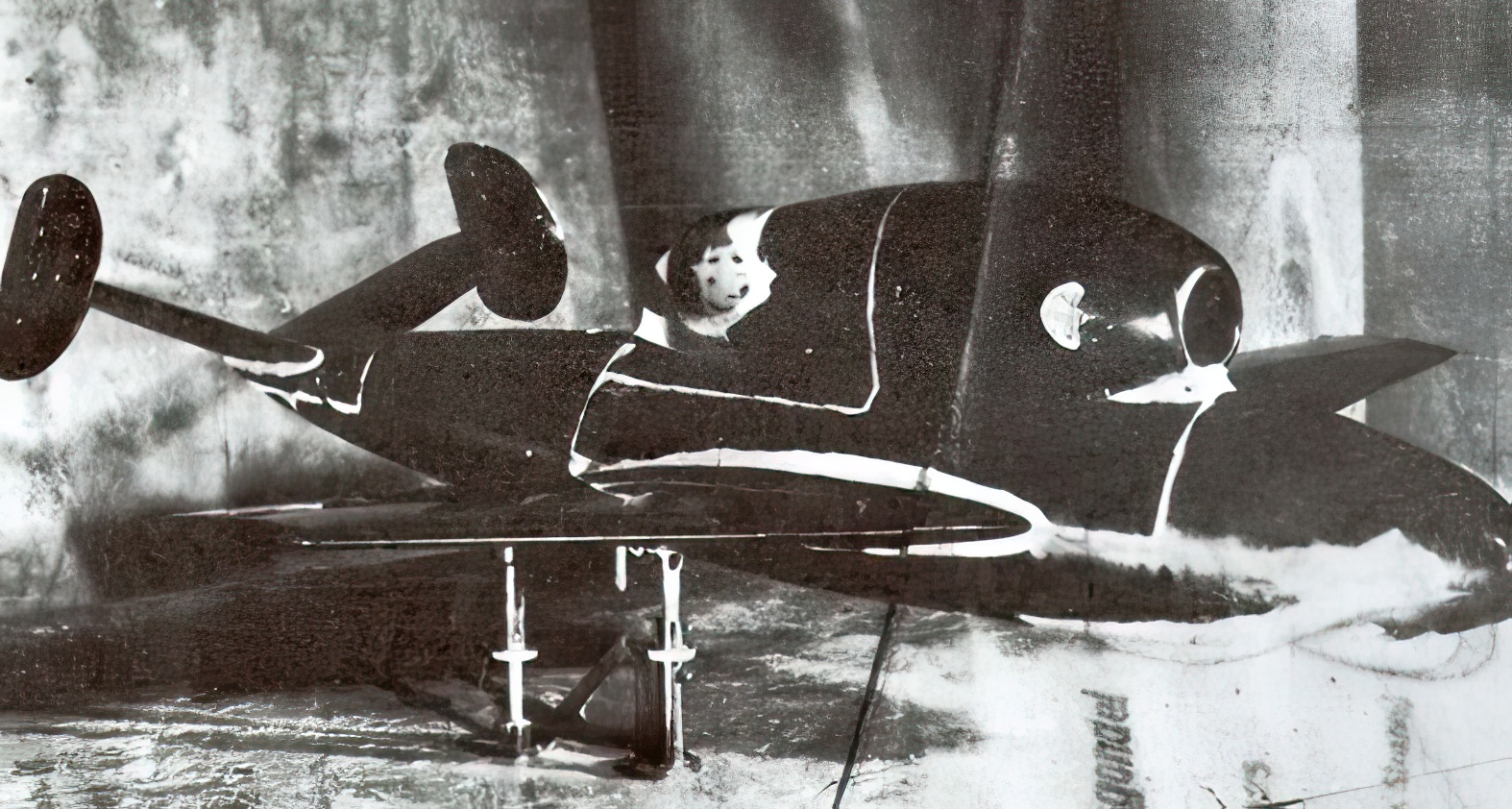
The BMW 003 Engine
At the heart of the Hs 132’s design was the BMW 003 jet engine. This engine, identical to the one used by the Heinkel He 162, was mounted atop the aircraft, just above the wings. This positioning wasn’t just for aesthetic symmetry; it allowed easier servicing due to the aircraft’s low ground clearance. The design also featured a unique butterfly-like twin rudder arrangement. This kept the tail surfaces clear of the jet efflux, a critical aspect for maintaining stability and control.
The engine’s placement had another advantage. It reduced the frontal area of the aircraft, a crucial factor for interceptors targeting heavily armed bombers like the USAAF’s B-17 Flying Fortress. With its streamlined design and powerful engine, the Hs 132 was shaping up to be a formidable contender in the skies.
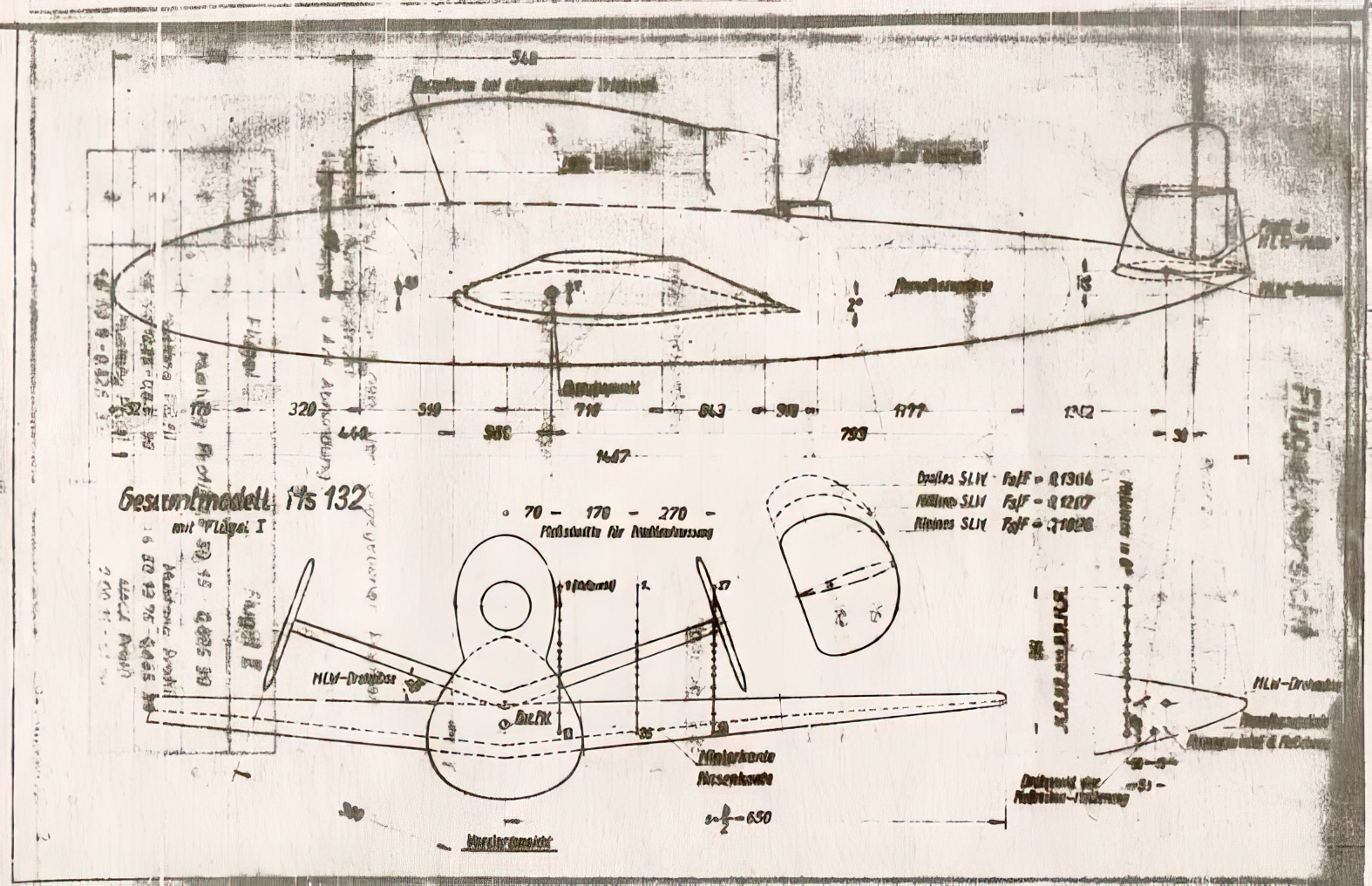
Models and Test Flights
The Hs 132 didn’t stop at a single design. Several variants were proposed, each tailored for specific roles. The Hs 132A, the basic model, was equipped to carry a 500 kg bomb. Its design focused on a high-speed, shallow dive attack tactic. The Hs 132B variant switched to the Junkers Jumo 004 engine and added two 20 mm cannons, enhancing its capabilities as an anti-tank plane. The Hs 132C went further, featuring the larger x and additional armaments for bomber interception.
However, the Hs 132’s journey to the skies was cut short. The first prototype, the Hs 132 V1, was nearing flight testing when the Soviet Army occupied the factory. The subsequent models, V2 and V3, were also near completion but never saw action. This premature end left many questions unanswered about the aircraft’s potential effectiveness in combat.
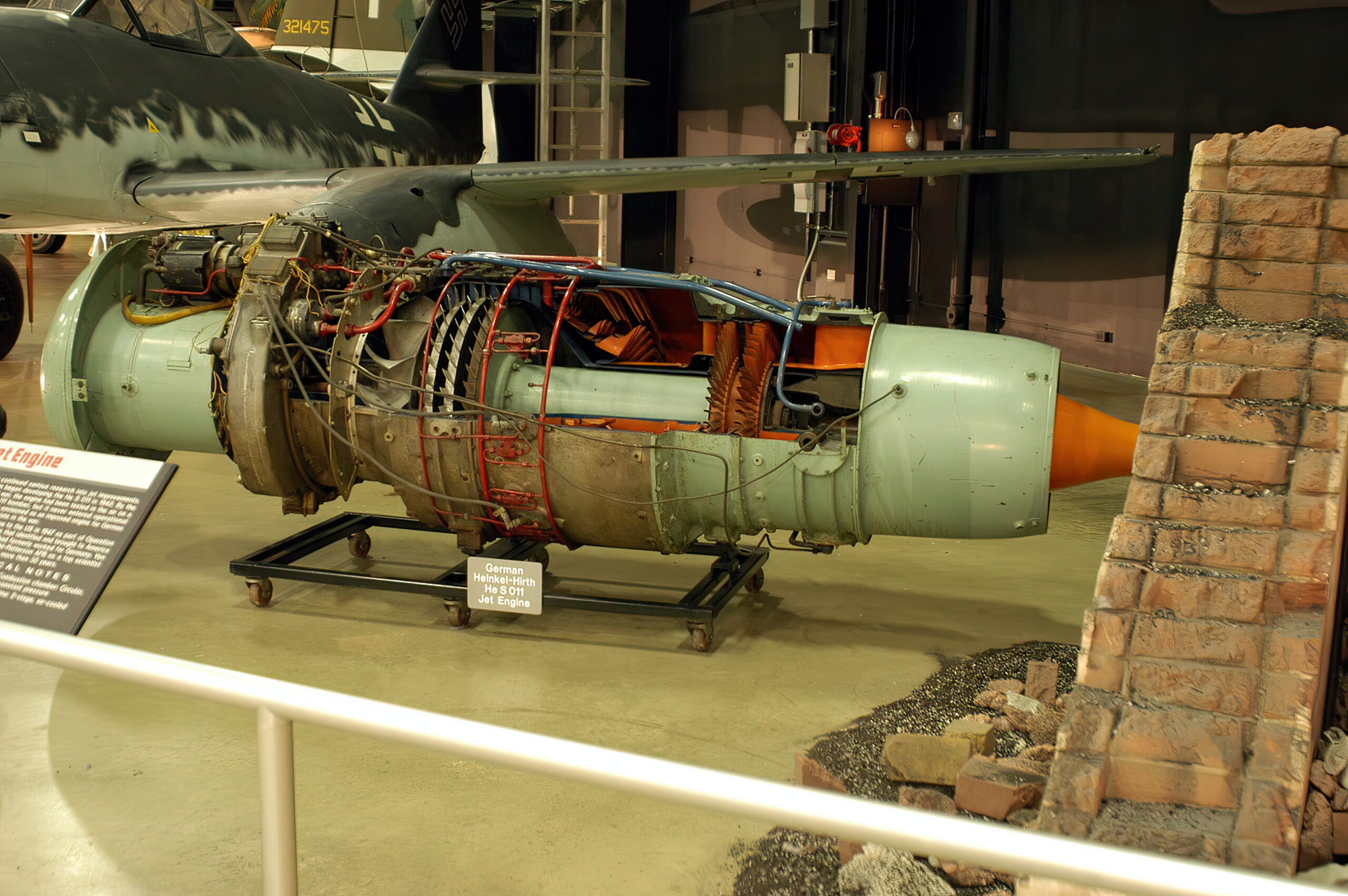
Flight Characteristics and Lessons Learned
The Hs 132’s design was a leap forward in addressing high-speed combat challenges. Its prone pilot position was revolutionary, intended to mitigate the effects of high g-forces during aggressive maneuvers. This feature, combined with the aircraft’s sleek design, promised significant advantages in both dive bombing and interception roles.
The lessons from the Hs 132’s development were many. The importance of reducing an aircraft’s frontal area for defense, the potential of jet engines in enhancing speed and performance, and the innovative approach to pilot positioning were all forward-thinking. Though the Hs 132 never graced the skies in combat, its design left an indelible mark on aeronautical engineering, influencing future aircraft development.

